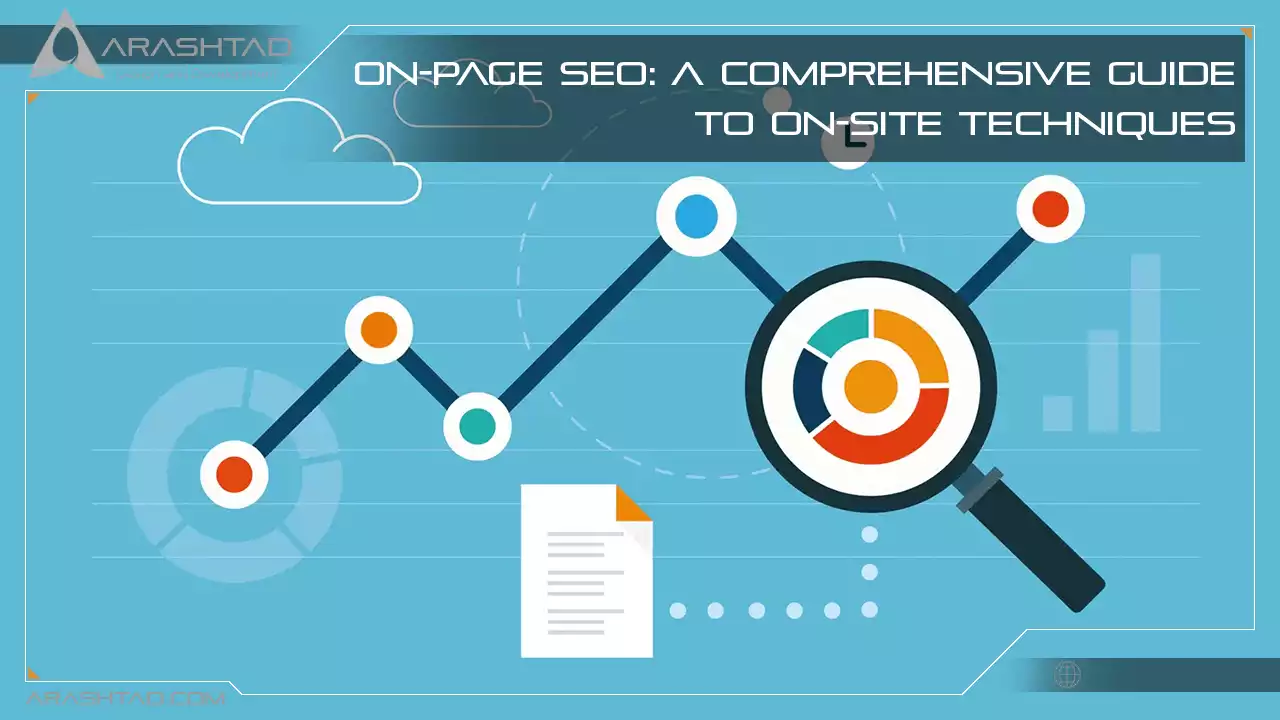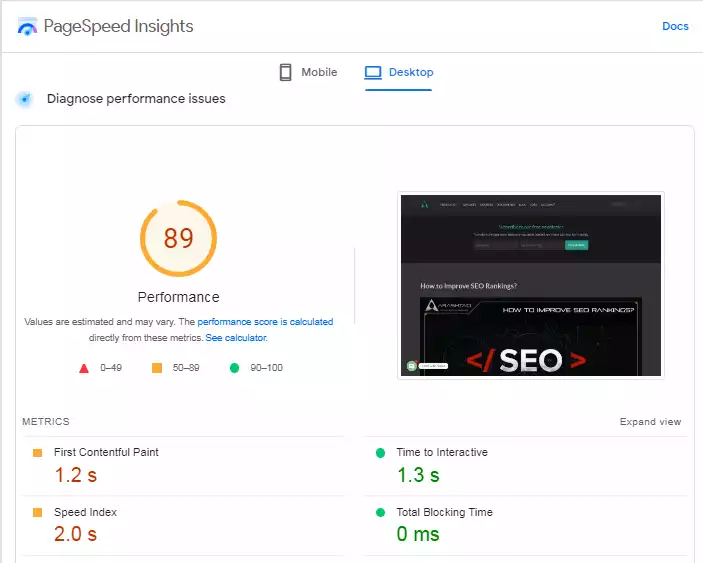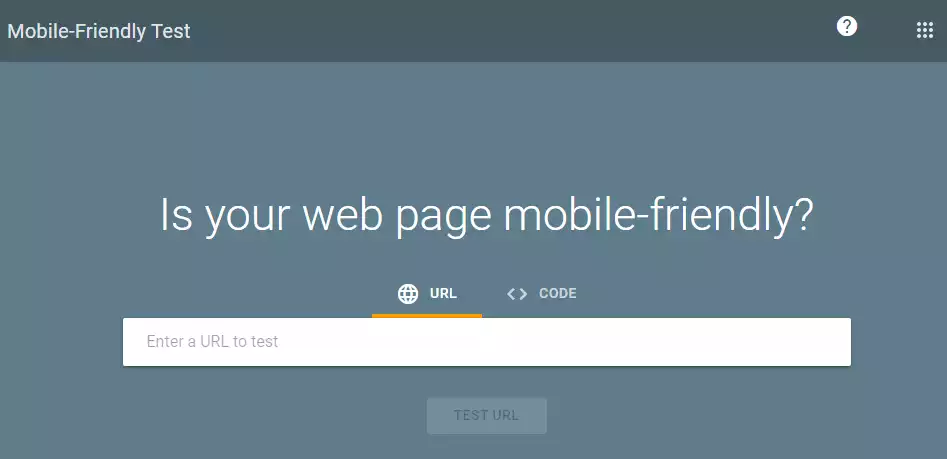On-Page SEO: A Comprehensive Guide to On-Site Techniques
The importance of on-page SEO (SEO) cannot be overstated since it helps Google understand the content on your website. The better Google understands your content, the higher your rankings in search, resulting in more organic traffic, conversions, and revenue. Furthermore, if you do it right, on-page SEO improves user experience. I’ll explain in this guide why page-specific optimization is so important and why it’s so essential to implement it.
On-page SEO: What is it, and why does it matter?
As we fully explained on-page SEO process (or on-site SEO) in How to Improve SEO Rankings? involves optimizing web pages to rank higher in search engines for certain keywords to increase organic traffic. Using a specific set of keywords, page-level elements like title tags, headings, and content are aligned with a specific set of keywords. The Google algorithm ranks your website based on three factors: on-page SEO, off-page SEO, and technical SEO: In this section, we will cover elements of on-page SEO.1- Off-page SEO
Off-page SEO includes social sharing, external linking, and more.2- Technical SEO strategy
Technical SEO strategy consists of all SEO elements that cannot be included in on-page and off-page practices, such as structured data, site speed, and mobile readiness.3- On-page SEO
Your website’s on-page SEO helps Google understand how your website provides value to visitors and customers. It allows your site to be optimized for both humans and search engines. It’s called “on-page SEO” because visitors can see the tweaks and changes you make to optimize your site (whereas off-page and technical SEO elements aren’t always visible).The Elements of On-page SEO
1- Page URLs
As Google has stated explicitly, URLs aid them in understanding what a page is about. How should you optimize your URLs?a) Use a keyword: Make sure your primary keyword appears in the URL so that search engines and users can comprehend your page’s content.
b) Consider intent: Along with main keywords, use descriptive words to convey the page’s purpose.
c) Use real words: Instead of numbers and characters, use real words in your URL.
d) Be succinct: Google often shows URLs in search results. Keep your URL structure short and easy to understand. The more they understand the purpose of your page, the more likely they are to click on the search result. If a page URL is a long string of letters and numbers, that doesn’t help users understand your page.
e) Use hyphens between words: Using hyphens improves the readability of URLs.
f) Don’t use session IDs: Avoid using session IDs in URLs so you don’t create an avalanche of URLs for the same page. Google advises using first-party cookies instead.
2- Page Titles
Title tags (also known as page titles) are one of the essential SEO elements. Include your page’s focus keyword in the title to help it rank well. Incorporate your keyword naturally. The following are some best practices for developing a page title:a) To make sure that your titles display correctly, keep them under 60 characters (per Google’s update). Although Google does not have an exact character limit, its display titles max out at 600 pixels. If your titles are 60 characters or less, they won’t be cut off in search results.
b) Avoid keyword stuffing in titles. Not only are keyword-stuffings tacky and spammy, but modern search engines will penalize content that’s unnaturally stuffed with keywords.
c) Avoid using all caps.
d) Title should include your brand, e.g., “On-Page SEO: A Comprehensive Guide to On-Site Techniques – Arashtad Blog.”
3- Headers
The HTML elements h1, h2, h3, etc., are known as headers, also known as body tags. These tags help readers organize your content and help search engines determine which part of your content is most relevant and vital based on search intent. Choose different keywords for your headers than the ones in the page title. Put your most important keywords in your h1 and h2 headers.4- High-Quality Page Content
The page content on your website allows you to communicate value to Google and your visitors. It is the basis for all on-page SEO elements. Take the time to develop and optimize your page content. The following are some best practices:a) Ensure that long-tail and short-tail keywords are incorporated naturally.
b) Create engaging and relevant visual content.
c) Solve the problem of your audience.
d) Create content that people will want to share and link to it.
e) Improve conversions with CTAs on offers and products.
f) Trustworthy: accurate information that delivers on the headline’s promise.
g) Useful: provides the information users seek when they search that keyword.
h) easily achievable: every “what” should be accompanied by a “how” or a link to another resource.
i) Easy to read. information is arranged, scanned via headers, and text is broken up by images, bullets, call-out quotes, and similar visuals.
j) Adequate length: Ensure that your site’s page is at least 1,500 words long if it’s a blog post.
k) Free of fluff: uses fewer words to convey a greater message.
5- Meta Descriptions
A meta description is a short description of your page that appears under the title in search results. Though it’s not an official ranking factor, it can influence whether or not your page is clicked on. Therefore it plays just as important a role in on-page SEO as it is in on-page SEO. You can also use meta descriptions to encourage clicks from social media when your content is shared (with the help of structured markup, which we discuss below) A good meta description should include the following:a) The meta description should not exceed 160 characters, although Google has been known to allow longer descriptions.
b) Be sure to use a complete, compelling sentence (or two).
c) Do not use alphanumeric characters such as —, &, or +.
6- Image Alt-text
Alt-text for images is like search engine optimization for images. In other words, it tells Google what your images are about. This is important because Google now provides almost as many image-based results as text-based ones. Consequently, consumers may find your site through your images. However, you must add alt-text to your images for them to do so. When adding alt-text to images, keep these points in mind:a) Be specific and descriptive.
b) Ensure it is contextually relevant to the rest of the page.
c) Keep it under 125 characters.
d) Avoid keyword stuffing and use keywords sparingly.
7- Site Speed
Page speed plays a vital role in on-page SEO. Google puts user experience first, regardless of whether a site is viewed on a desktop or a mobile device. Moreover, site speed can impact conversions and ROI if your site loads slowly or haphazardly – and Google knows that. Check your website’s speed anytime using Google’s PageSpeed Insights.8- Links
Internal and external links (also called backlinks) are the two types of links in on-page SEO. Anchor text should be specific to the page being linked to and contain the keyword you are targeting. In addition to improving user experience, the more links you have to your page that use the keyword as anchor text, the higher your ranking will be.External links
It would help if you linked to pages on your page that take your users to other domains as part of your on-page SEO strategy. Linked-out pages on your topic from websites with high domain authority help Google trust your page more. Brian Dean recommends linking to 3 high-quality domains in his SEO techniques post.Internal links
It would be best if you had internal links on your page and links to other site pages. You should optimize your page not only with internal links but also with links to other pages on your site.9- Structured Markup
A structured markup, also known as structured data, is a way to mark up the source code of your website to make your content more accessible for Google to find. When you search for something on Google, you’ll see features like featured snippets, knowledge panels, and other content features that are based on structured markup. In addition, it’s how people share your content on social media so neatly.10- Mobile Responsiveness
It’s essential to choose a website hosting service, site design and theme, and content layout that are readable and navigable on mobile devices. Google began favoring mobile-friendly sites even for desktop searches. Mobile responsiveness matters. If you’re unsure if your site is mobile-friendly, test it with Google’s Mobile-Friendly Test.Conclusion
A well-prepared on-page SEO strategy can bring countless new visitors and customers to your website. Additionally, you are completely in charge of on-page SEO: You decide what each page’s topic and/or goal will be. This article taught you how to increase traffic to your website by using on-page techniques. You chose the target audience for that page. And you choose the keywords and phrases you want to target.Download this Article in PDF format

Arashtad Custom Services
In Arashtad, we have gathered a professional team of developers who are working in fields such as 3D websites, 3D games, metaverses, and other types of WebGL and 3D applications as well as blockchain development.
Arashtad Services
Drop us a message and tell us about your ideas.
Fill in the Form
Blockchain Development



